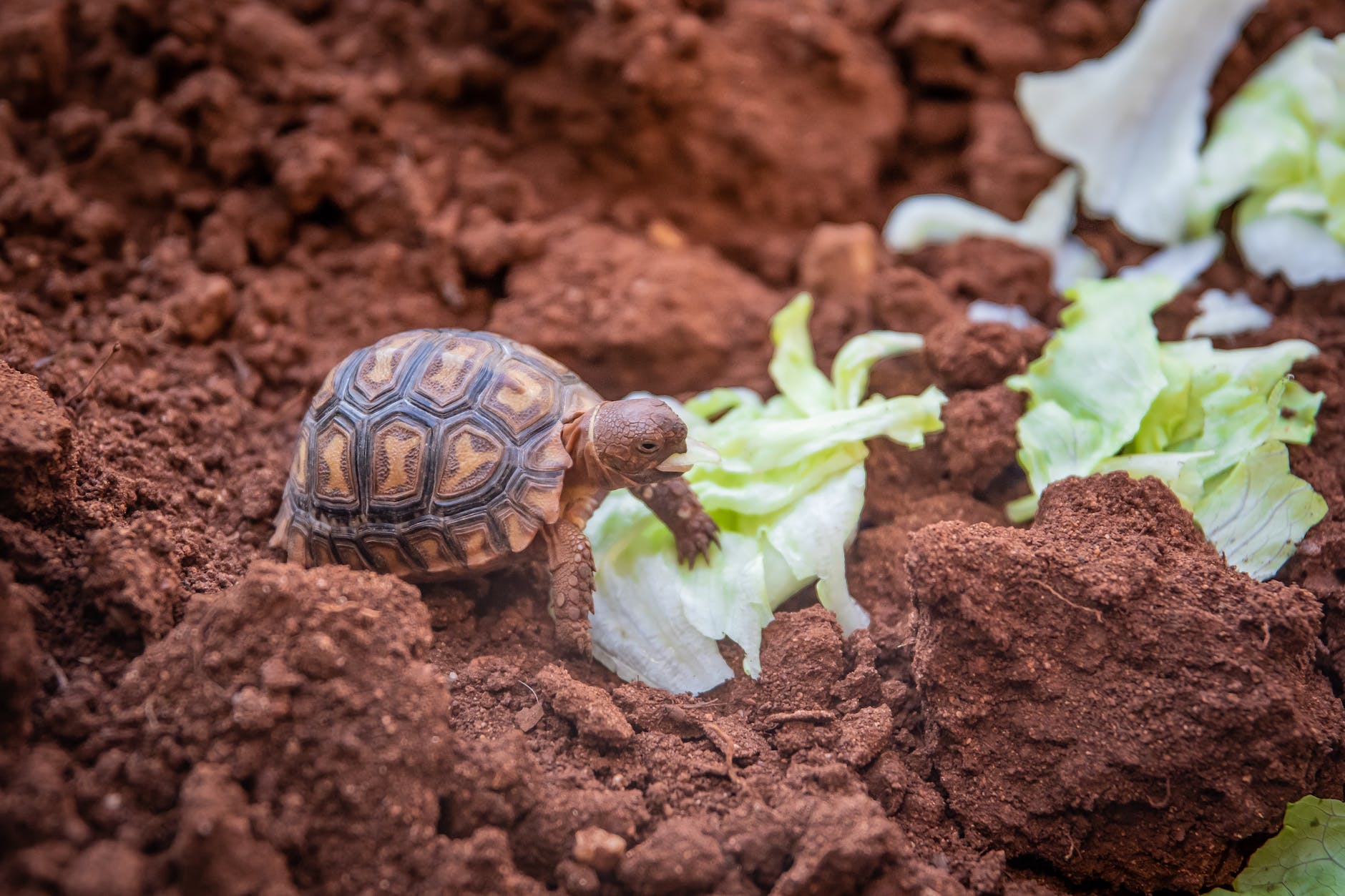Tonight I watched the Oxford Nanopore Technologies (ONT) London Calling 2023 Showcase Stage on Conservation. In this session, Luca Pandolfini from the Italian Institute of Technology in Italy presented “From genome assembly to epigenome characterisation: a nanopore journey in the footsteps of an endangered tortoise.” Pyxis arachnoides is a tiny tortoise that is critically endangered and comes from Madagascar. The population has been depleted by human actions and reductions to its natural environment. The goal of the project was to support conservation efforts through DNA sequencing. Sex determination is environmentally determined. How interesting! Samples were obtained from three males and three females in the form of cryopreserved blood. High molecular weight (HMW) DNA was extracted from the nucleated blood cells. The research team used various kits and approaches: 121 Gb (~53X ) with LSK 110, LSK 114 simplex reads (61.4 Gb, ~27X), LSK 114 duplex reads (9.1 Gb ~4X), and pore C (109 Gb, 48X, N50 4.7k). The N50s for Nanopore ranged from 40 to 46 kb. In less than four months, the team went from blood to genome. The genome size is about 2 Gbases. The next step is to adapt this approach to shallow and portable sequencing. I wonder how they selected the DNA samples to sequence since they had six individuals? Also, they used NextDeNovo and other workflows that may be useful for us to try!



